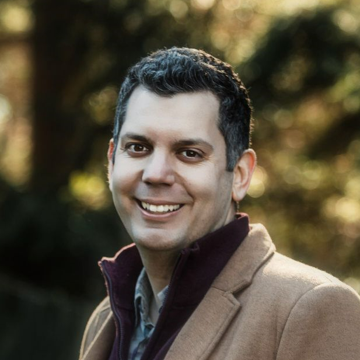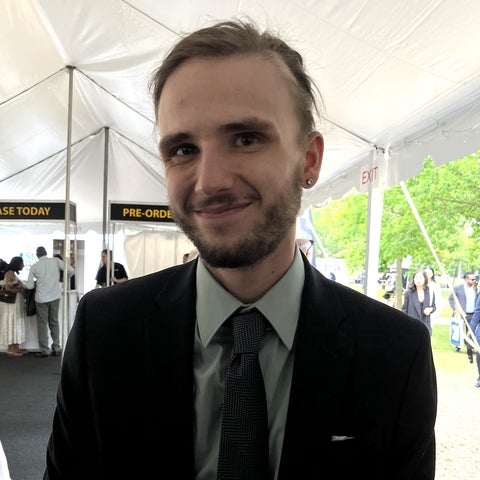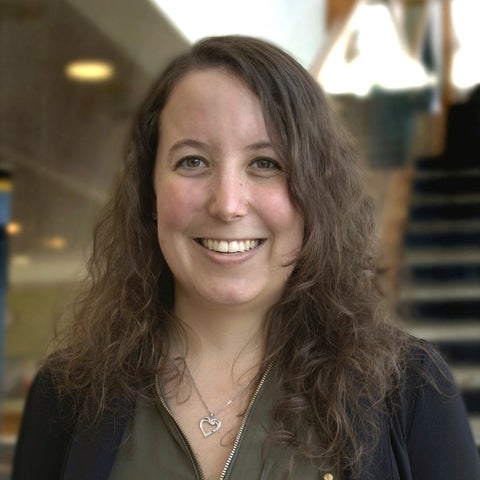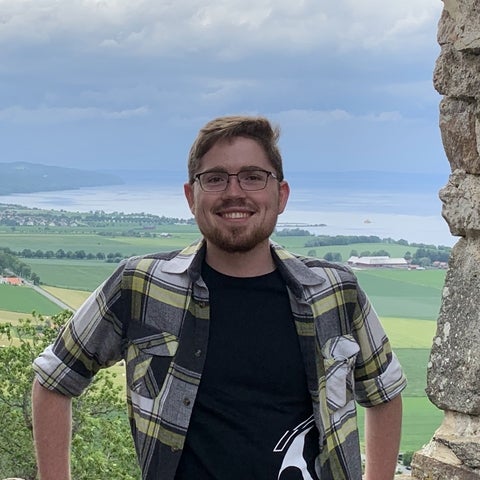Chair

Matthew S. Wiseman, Lecturer in the Department of History at the University of Waterloo chaired the panel. His research and teaching focuses on the social and cultural history of North America, including the role of public history and the development of modern science, technology, and medical research ethics. Currently, he studies the history of Canada’s National Research Council and gender-based discrimination encountered and overcome by women scientists in the twentieth century.
Panelists

Daniel Berry (MA student, Waterloo)
'Bro', Bond, and Bourne: Masculinity During and Since the Cold War, and its Changing Public Presentation Through Film Trailers
Daniel has a passion for history and is glad to be back at Waterloo for his Masters after a successful undergrad career at the school. He is studying military and political history, with a focus on 20th century conflict and Canada's diplomacy during the Cold War."

Catherine Ramey (PhD candidate, Waterloo)
“Lions and Leopards and Snakes, Oh My!”: A Canadian Missionary Maps Central Angola, 1880s-1890s
Catherine (she/they) is a PhD candidate in the Department of History at the University of Waterloo. She received her BA in History from York University and her MA in History from the University of Toronto. Her current research focuses on the gendering of the curricula in Canadian missionary schools in Angola between 1880 and 1920. Using the United Church of Canada records and oral histories, she examines the missionary curriculum for girls and boys and the lived and living consequences of this education for Angolan women.

James E. Rubino (MA student, Guelph)
Picturesque Mountains in the Common Eye: A Close Reading of William Bathurst’s Two Scottish Tours 1826 and 1857 Manuscript
James E. Rubino is an MA student at the University of Guelph in Scottish Studies with a passion for travel and tourism studies in the Early Modern and Modern periods. His past research has featured a broad range of unique interdisciplinary explorations of travel/tourism with forays into public history, memory, and the marketing of place. These have centered on Europe and the United States from the medieval period onward. His present research investigates travelers’ assessments of Scotland’s terrain in personal travel manuscripts in the Modern Period.
